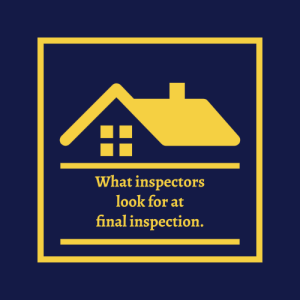After you figured out which jurisdiction you are under, finding your flood zone is the next step. In this video, we will explain step by step how to do so!
Links: FEMA – https://msc.fema.gov/portal/home
How to find which municipality/jurisdiction you are under – https://www.youtube.com/watch?v=f4cdY…
At Elite Permits, we can do this, and so much more, for you. Don’t hesitate to contact us to learn more or request our services!







